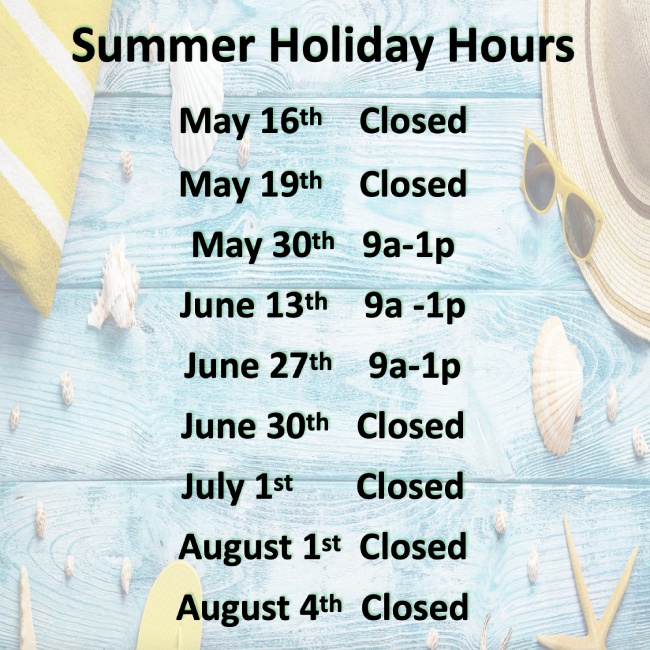When it comes to maintaining overall health, eyes are the windows to the soul and the body’s state of wellness. Comprehensive optometric eye exams can reveal much more than just vision conditions—they can be critical in detecting a wide range of diseases, many of which may seem unrelated to eye health, such as diabetes, high blood pressure, cancer, and more.
Diabetes
Diabetes is often detected through subtle changes in the eyes that can signify trouble with blood sugar levels. During an eye exam, an optometrist can spot signs of diabetic retinopathy, a condition caused by damage to the blood vessels of the light-sensitive tissue at the back of the eye (retina). Early detection of diabetic retinopathy during an eye exam can lead to timely treatment and management of diabetes, significantly reducing the risk of severe vision loss.
High Blood Pressure
High Blood Pressure, or hypertension, is another critical condition that can leave its mark on the eye. During an eye exam, your optometrist may notice signs of damage to the blood vessels in the retina, a condition known as hypertensive retinopathy. Changes in the size and course of retinal vessels and retinal hemorrhages or swelling at the back of the eye can indicate that an individual has high blood pressure.
High Cholesterol
High cholesterol levels can also be spotted during an eye exam, often before other symptoms are noticed. One marker an optometrist might look for is the presence of plaques in the retina’s blood vessels or a subtle ring around the cornea, known as corneal arcus, which can indicate elevated cholesterol levels. Early detection of these signs can lead to timely intervention, reducing the risk of more severe cardiovascular diseases.
Glaucoma
Glaucoma, often known as the “silent thief of sight,” can be identified through comprehensive eye examinations even before symptoms appear. Optometrists routinely examine the optic nerve “head” for characteristic nerve shapes that indicate an increased risk for glaucoma. High eye pressure is also a risk as glaucoma is caused by increased intraocular pressure (IOP), leading to damage to the optic nerve. Early detection through routine eye check-ups can greatly reduce the risk of vision loss from glaucoma, as it allows for timely treatment and management of the condition.
Macular Degeneration
Age-related macular degeneration (AMD) is a condition that impacts the macula, which is responsible for clear vision in your direct line of sight. During an eye examination, optometrists can observe signs of AMD, such as drusen (tiny yellow or white deposits under the retina) or pigmentary changes. Identifying AMD early is crucial for managing and slowing its progression, thereby preserving as much vision as possible.
Thyroid Disease
Thyroid Disease, particularly Graves’ disease, impacts not just metabolic rates but also eye health. During an exam, an optometrist can identify symptoms such as bulging eyes, redness, and retracting eyelids. These signs may prompt further investigation by a physician to manage thyroid levels.
Autoimmune Conditions
Autoimmune conditions, such as rheumatoid arthritis and lupus, can have ocular manifestations detectable in an eye exam. Inflammation of the eye, known as uveitis and iritis, can be a marker for these conditions. Eye doctors may also observe dry eyes, a common symptom associated with Sjögren’s syndrome, another autoimmune disorder. Early detection of these signs can lead to prompt referral for systemic evaluation and management, highlighting the critical role of eye exams in diagnosing systemic autoimmune diseases.
Cancer
Certain types of cancer can also be identified through careful examination of the eye. For instance, an eye exam can reveal signs of melanoma in the eye, known as ocular melanoma, which may manifest as a dark spot and present as an elevated lesion under the retina.
Additionally, leukemic blood cells can accumulate in the eye. In rare cases, primary tumours in other body parts can metastasize to the eye, indicating the presence of cancer elsewhere. Regular eye check-ups can thus play a vital role in the early detection of these conditions, potentially leading to quicker interventions and better outcomes.
Neurological Disorders
Neurological disorders, including conditions like multiple sclerosis (MS) and Parkinson’s disease, can also impact eye health. An eye exam may expose subtle changes in eye movement or vision function that suggest a neurological disorder. In the case of MS, optic neuritis—inflammation of the optic nerve—can be an early sign. At the same time, Parkinson’s disease may be indicated by reduced blinking and difficulty controlling eye movements. Catching these symptoms early can be crucial for diagnosing and managing these neurological conditions.
Infectious Conditions
Infections such as HIV/AIDS or syphilis can affect the eye, leading to distinctive symptoms detectable during an eye exam. For instance, HIV-related retinopathy is the most common eye condition for individuals with HIV, presenting as cotton-wool spots and hemorrhages. Meanwhile, syphilis can cause inflammation inside the eye, known as uveitis. An optometrist’s ability to identify these signs early on can play a critical role in diagnosing and managing these infectious diseases, illuminating the vital link between eye health and overall wellness.
Taking Charge of Your Health
What appears as a straightforward checkup of one’s vision can unveil many underlying health issues. Optometrists can provide crucial insights into your overall well-being by peeling back the eye’s complex layers. This underscores the necessity of regular eye exams beyond just updating prescriptions.
Your eyes aren’t just the lenses through which you see the world; they’re a crucial indicator of your health. Don’t wait for symptoms to become problems—visit Headwaters Optometry in Orangeville for a comprehensive eye exam. Book an appointment to schedule your eye health checkup and take an active step towards comprehensive wellness.




